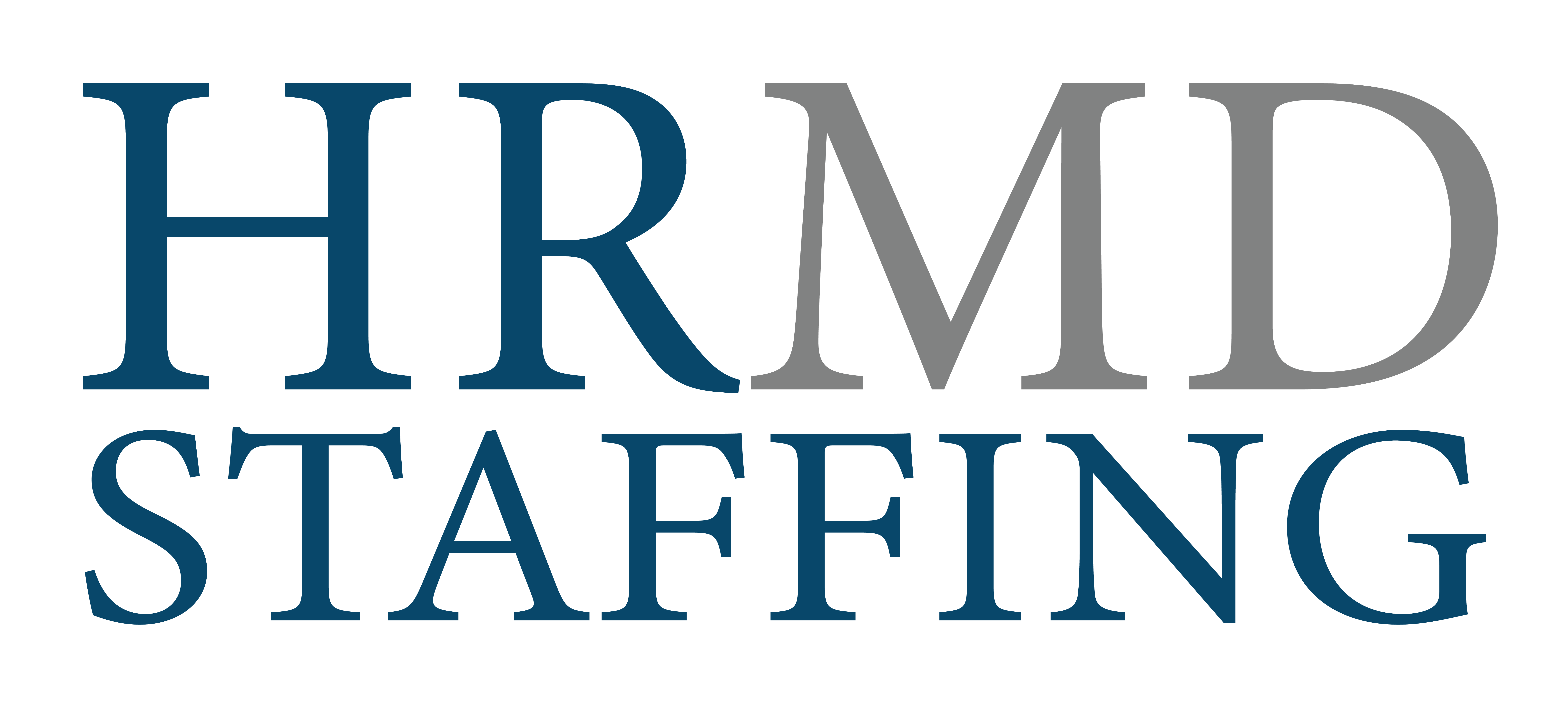
Tips for Improving Your Medical Practice
The current health system has your financial obligations. And as the pressure builds every time you turn the lever, the efficiency of the exercise becomes more valuable and the inefficiency more painful. Bad management practices that may not have been penalized in a looser market a few years ago are now in your bottom line. In addition, it can cause dissatisfaction among employees, payers, patients, and doctors. They can force you into a reactive attitude and deny your independence.
This is bad news. The good news is the flip side. Anything you can do to improve exercise mechanics, no matter how small, will help you breathe comfortably under stress and maintain or regain control.
Any exercise can be improved. You and your employees may find yourself spending their energy on worthless or worthless activities. You may be able to perform some tasks more efficiently, distribute work more efficiently, and eliminate redundancy. There are big and small ways to make things better. Don’t feel like you have to work on everything right now. You may already feel that adding just a straw to your load is too much. Do you want to start small? Work on one aspect of your practice: the aspect that seems almost manageable. Remember: bad things are worth a little improvement.
As you can see, these tips cover a lot more. There is too much to go into here. These are the directions instead of the route map. However, maps are available in the literature, and we hope this broad perspective will help you prioritize your efforts
1. Learn to manage
You don’t have to be a practice manager, but you do need to be familiar with the practice. Learn to read the report and understand the data. Take the time to educate yourself. Talk to your clinic manager, accountant, or other consultants.
2. Concentrate
Concentrate physician time on patient care. To maximize the value of the practice, physicians and other healthcare professionals should devote at least 37 hours per week to direct patient care. In a group practice, you are more likely to achieve this with effort, but don’t give up as a doctor.
3. Delegate
Do not perform tasks that do not require a doctor. Ask yourself, «Are you paying another doctor to do the job?» Check your activities regularly and hear from employees how they can do them more efficiently. Delegate as many administrative tasks as possible without compromising your understanding of how the practice works. If you are part of a small group and the manager or firm manager does not qualify for broad delegation, help them acquire the necessary skills.
4. Improve patient flow.
Regardless of the combination of patients, the goal is to have an effective program. Focus on providing adequate care to the largest possible patient community. If you feel congested seeing the patient every 20 minutes, the surgery will need to be repaired. Most primary care physicians can make an average of four visits per hour if these visits are well planned. Avoid gaps in the schedule and stick to your schedule.
5. I’ll make a note of the progress of the lab.
This takes time to get used to and isn’t always appropriate. However, dictating notes in front of the patient saves time, improves communication, outlines the patient visit, aids in coding, and provides clearer feedback without spending time on dictation outside the visit.
6. Strengthen communication with flyers.
By using brochures and folders, you can reduce the number of unnecessary calls with simple questions. These can focus on both clinical topics and information about your practice. Using patient condition and treatment handouts can also help you focus on the visit so that important information is properly communicated.
7. Use a good planning system.
Many practices hire relatively low-paid workers to manually schedule bookings. However, the programs have a significant impact on productivity and efficiency. Assign resources to develop a good planning system, hire top-notch people to do it, and make it understandable to all employees. This is especially important for the individual practices that grow in the group. A good program can lead to an increased flow of more than one patient per day. This is the net income from medical care. If you are using a manual system, consider calculating it. The billing system may have scheduling forms suitable for individual studios and small groups. You can purchase a more complex system, but not upgrade until planning guidelines and policies have been established.
8. Check the schedule.
It is labor-intensive in individual and small group practices. However, you can get it to work on the scheduled date even if you don’t have the staff to do it for every booking. Probably a long time-consuming date or a new appointment with the patient. Remember that participation is not expensive. They don’t give you 15 «free» minutes to sort your emails and keep reading. Instead, it creates downtime and wastes resources.
9. Group and plan similar activities.
It is more efficient to carry out tasks together. The vaccination clinic is one example. Pre-screening at the time of a flu vaccination visit can treat 15 patients per hour per healthcare provider. Patients expect a prompt visit and you meet their needs.
10. Build and rely on a budget.
A serious budgeting effort is a great learning experience and offers the opportunity to measure performance and progress by analyzing year-to-year variability. A review of published data and set budget targets, but keep in mind that due to regional, service, and market differences, these figures are only a rough guideline. Two years later, you will have a solid foundation for a sophisticated approach to budgeting, and your budget will be a valuable resource.
11. Collect co-payments.
If you need it, collect it before serving. Patients are often in a hurry and can be discharged easily after the visit. Note that most managed service agreements require payment from you. And out of your own pocket, it’s a serious source of income unless you have to go to their billing account.
12. Watch those salaries.
A common mistake is to tighten up wages and control costs. To attract and keep good people you have to pay enough, but the payout has to be for skill and achievement, not longevity. Be willing to pay premium employees more than their market value. However, make sure they are great. In some cases, highly skilled back-office staff can increase patient flow, improve patient communication, and save physician time. Check the benefits before giving a reward.
13. Create a reward system.
Increase employee value by meeting ambitious production goals. It helps give employees the feeling that they are entitled to results. A good reward system promotes cooperation, results, and efficiency. And you can make it quite easy. Communicate expectations, provide the training you need, and set fair wages and performance bonuses.
14. Eliminate overtime.
There is no reason for the extra time in the routine. In fact, it’s often due to employee organization, poor performance, or chaotic doctors. Find out the reason for the extra work. It may not be necessary, but for convenience, and can be removed by resetting the commitment. It is not enough to expect employees to work overtime as part of their regular pay.
15. Use your mid-level provider wisely.
Expanding the workforce by hiring a nurse or medical assistant is cost-effective in a group situation, but the decision isn’t a fatal blow. In a market where doctors are in excess, the economy may not stand the test. Make accurate assessments, including financial forecasts.



